
Nazi Germany
Rain of Terror: The Bombing of the British Isles
By Michael D. HullFirst, there was a faint drone, with black specks visible in the sunny sky. Then the drone grew into a thunder, and hundreds of bombers appeared over London. Read more

Nazi Germany
First, there was a faint drone, with black specks visible in the sunny sky. Then the drone grew into a thunder, and hundreds of bombers appeared over London. Read more

Nazi Germany
Nations have often pressed unsavory characters and criminals into service during wartime, rationalizing that such action is in the best interest of the country during extraordinary times. Read more

Nazi Germany
The army brass argued at length; the scheme proposed by behavioral psychologist B.F. Skinner was mad, foolhardy, but also ingenious. Read more

Nazi Germany
Operation Overlord, the cross-Channel attack that hit the Nazi-occupied beaches of Normandy in 1944, was the culmination of a grand strategy adopted early in the war, followed sporadically during the years of conflict, and aimed at defeating Hitler’s Reich by striking directly at Germany by invasion. Read more

Nazi Germany
In August 1943, immediately after the Battle of Kursk, the Red Army launched a series of follow up operations, resulting in the liberation of a large swath of Nazi-occupied Soviet territory. Read more
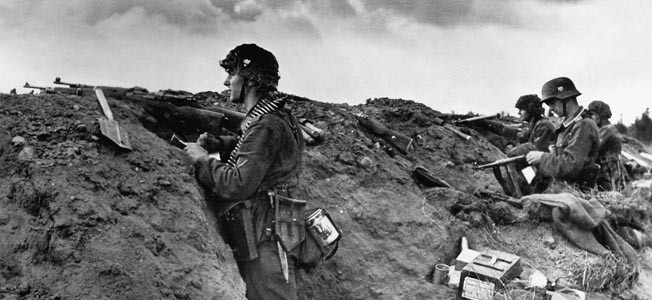
Nazi Germany
The official history of Russian and Soviet airborne forces began on August 2, 1930, when 12 parachutists were dropped during maneuvers in the Moscow Military District. Read more

Nazi Germany
The first published photo of one of the odd—but highly versatile —frontline vehicles of World War II appeared on the cover of the July 1942 edition of German Propaganda Minister Dr. Read more

Nazi Germany
The Gustav Line, stretching across Italy at its narrowest part between Gaeta and Ortona, was a formidable system of defenses, some of it in coastal marshes but mainly in mountainous country through which ran fast-flowing rivers. Read more
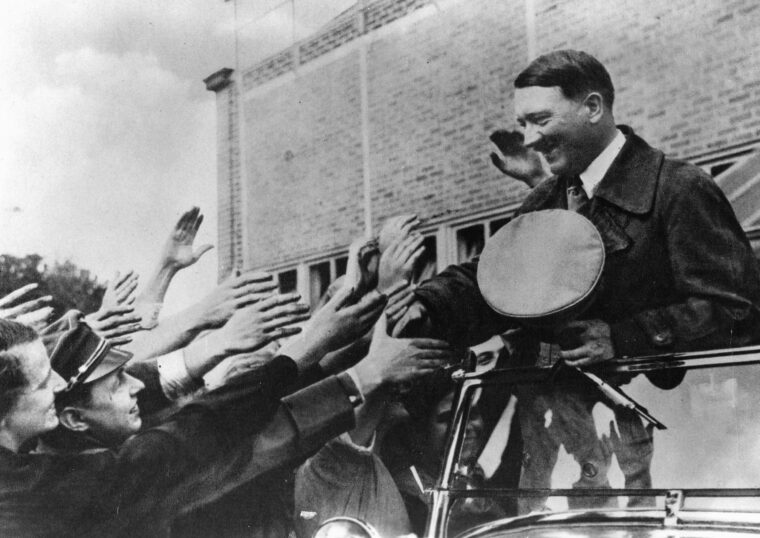
Nazi Germany
The “Mythology of Munich” and “What Would Winston Do?” These were the feature story and the cover headline, respectively, for the June 23, 2008, issue of Newsweek magazine. Read more

Nazi Germany
The morning of February 16, 1944, dawned foggy over the Via Anziate in Anzio, Italy. The 45th Infantry Division’s 2nd Battalion, 157th Infantry Regiment had advanced overnight to take positions on the west side of the roadway, assuming its place on the front line. Read more

Nazi Germany
At 10 am on Wednesday April 16, 1947, the former commandant of Auschwitz extermination camp, SS Oberstürm bannführer (lieutenant colonel) Rudolph Hoess, briskly walked under armed escort toward the small wooden gallows specifically built for him inside the camp grounds. Read more
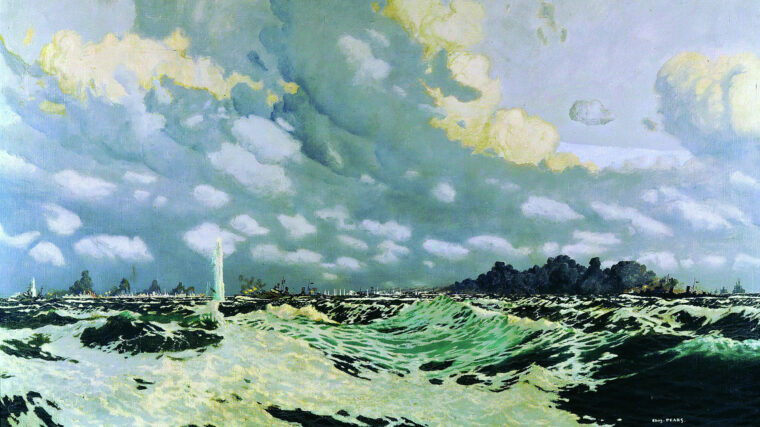
Nazi Germany
Located 58 miles south of Sicily in the Mediterranean Sea, the rocky, 122-square-mile island of Malta was the hinge upon which all Allied operations in the Middle East turned during the first half of World War II. Read more

Nazi Germany
German Teller mines were insidious weapons—killing or maiming thousands of Allied soldiers and civilians. The Wehrmact employed others, too, to great effect during the Second World War. Read more

Nazi Germany
On May 13, 1940, the German army invaded France, crossing the River Meuse at Sedan. Upon France’s capitulation, the Franco-German armistice was signed on June 22, and a portion of France was placed under German occupation, with the remaining area ostensibly left to its own, with the Vichy collaborationist government in control. Read more

Nazi Germany
When most people think of the Italian Army in North Africa during World War II, they tend to believe that the average Italian soldier offered little resistance to the Allies before surrendering. Read more

Nazi Germany
In espionage fiction, there are three types of spies. The first is the suave, dapper James Bond, 007, license to kill, a hit with the ladies. Read more
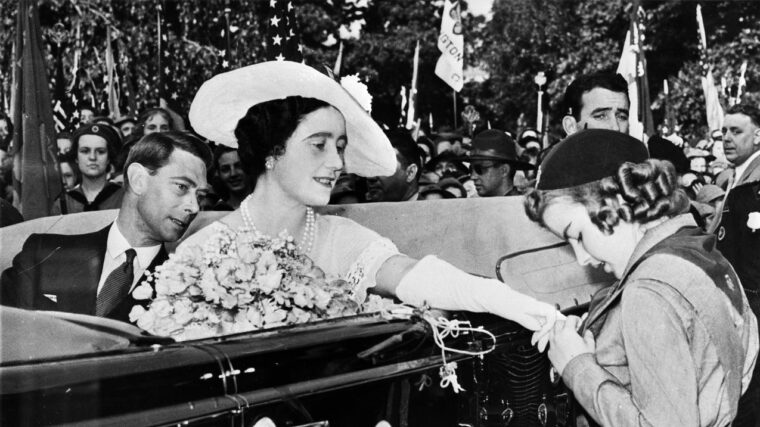
Nazi Germany
On May 6, 1939, King George VI of Great Britain and his wife Queen Elizabeth arrived in Portsmouth to board the liner Empress of Australia, which was to take them to Canada and subsequently to the United States. Read more

Nazi Germany
Nineteen-year-old army combat engineer Jay Rencher blinked the salt spray from his eyes, filled his lungs, and again plunged beneath the cold, roiling waves. Read more
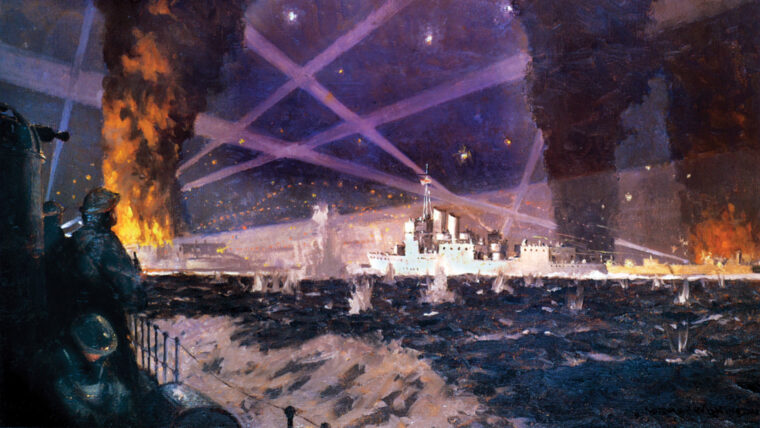
Nazi Germany
Britain badly needed a victory. As if to underline Britain’s difficult fortunes, on May 21, 1941, the German battleship Bismarck and heavy cruiser Prinz Eugen dealt the island kingdom a serious blow by sinking the battlecruiser HMS Hood and severely damaging the new battleship HMS Prince of Wales during a furious engagement in the Denmark Strait. Read more

Nazi Germany
Lieutenant General Omar Bradley had reason to be pleased by the last week of July 1944. His First Army had scratched out a substantial foothold on the Normandy coast, capturing three times more French territory than his British allies. Read more